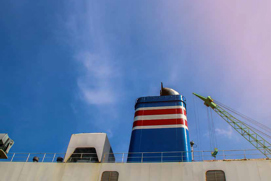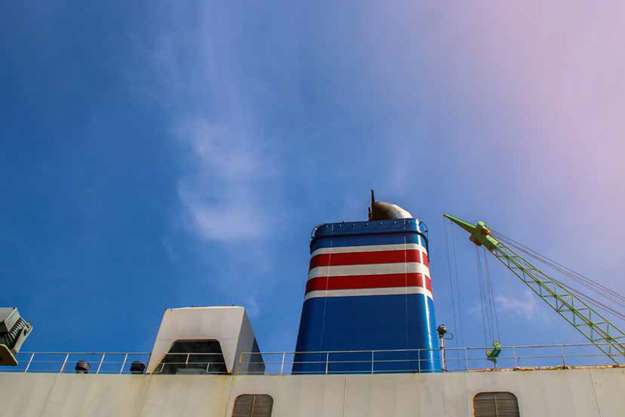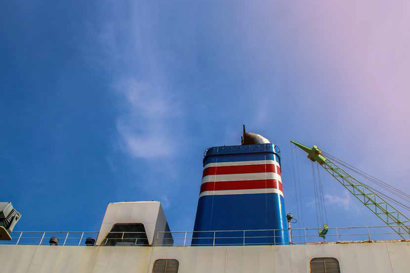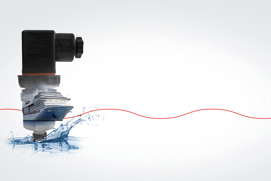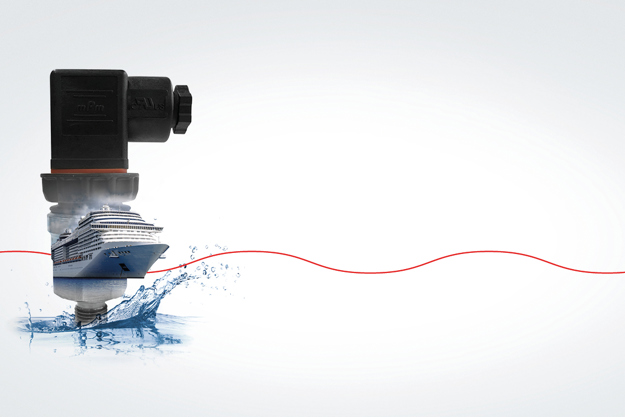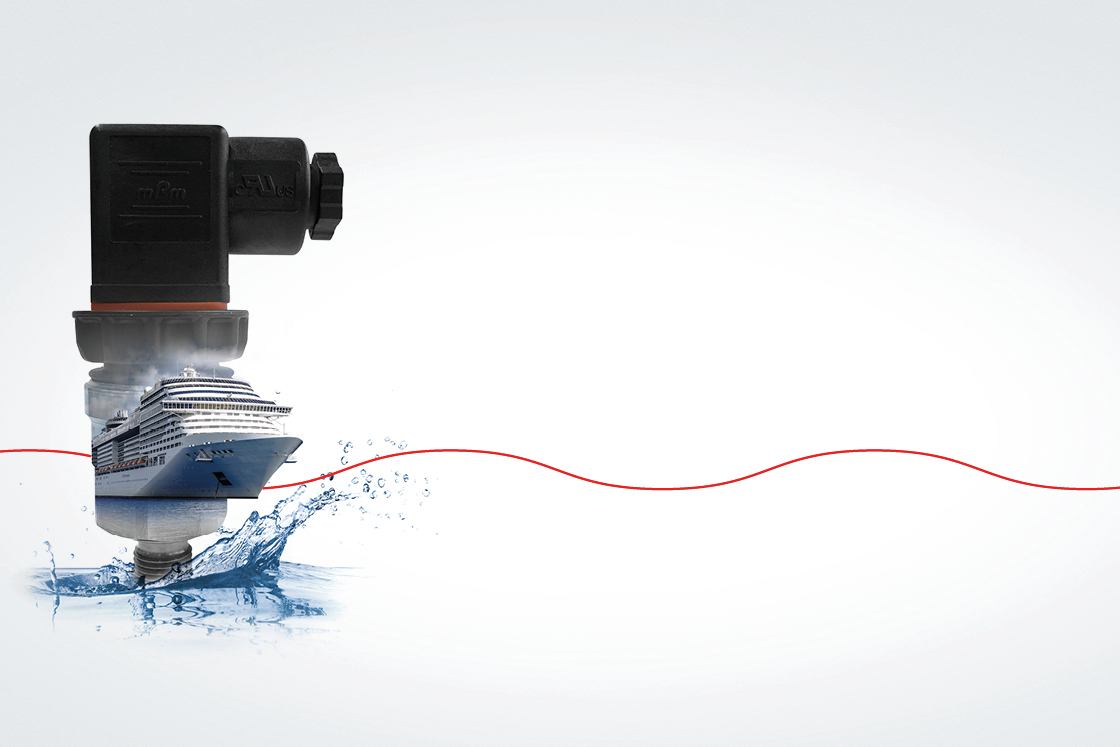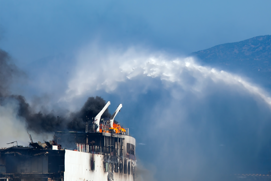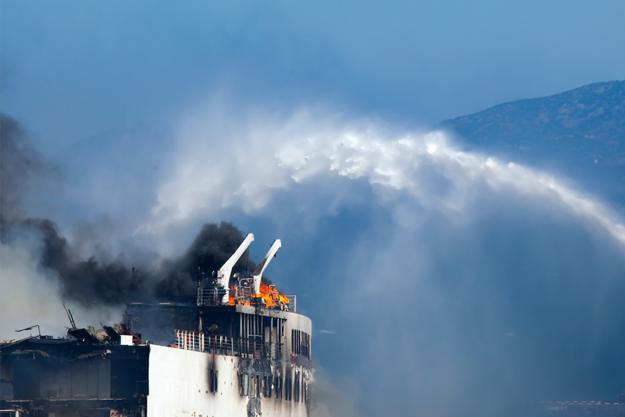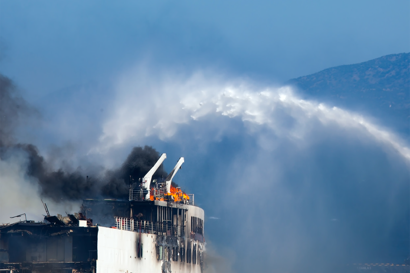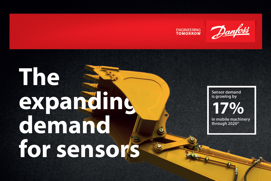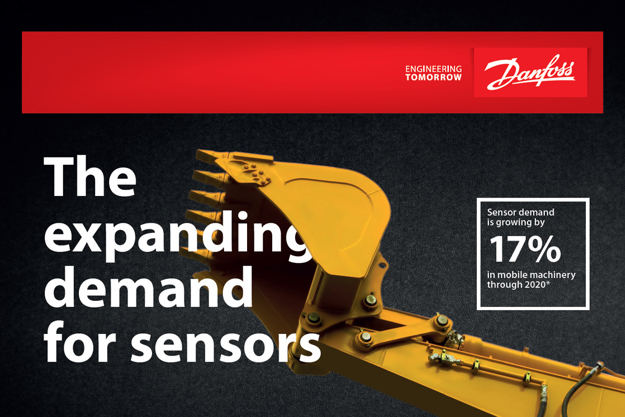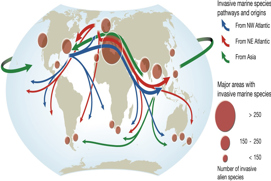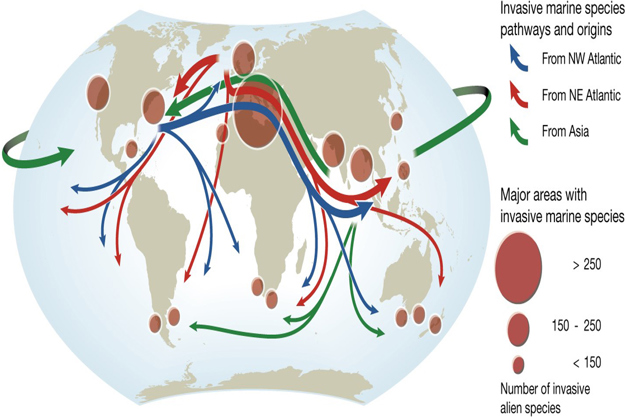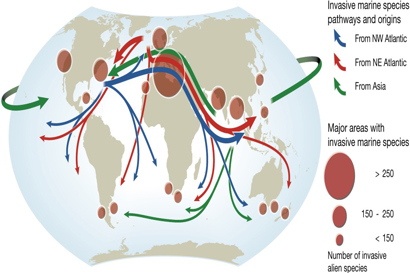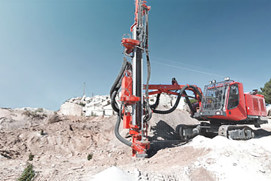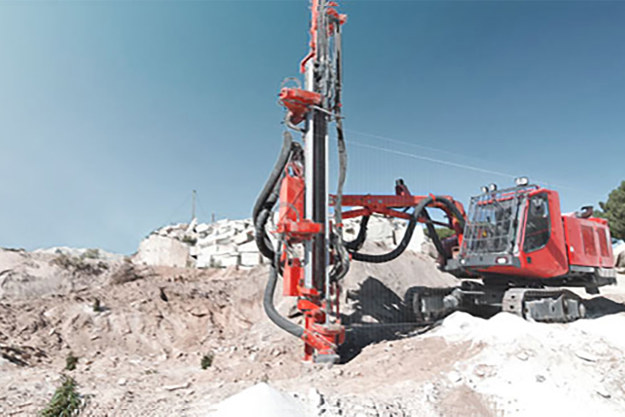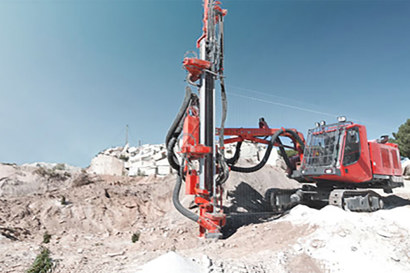-
if (isSmallPicture) {


 How to comply with regulations for exhaust gas
How to comply with regulations for exhaust gasIncreased focus on the environmental impact from the Marine industry drives new exhaust gas emission restrictions and regulation. The new regulation forces vessel owners and shipbuilders to implement new technical solutions to ensure compliance with local, regional and global legislation.
-
if (isSmallPicture) {


 Enhancing Industry 4.0 with Danfoss Sensing Solutions
Enhancing Industry 4.0 with Danfoss Sensing SolutionsAt Danfoss Sensing Solutions, we take your digitalization journey personally. That’s why we are committed expanding our Smart Sensors™ portfolio — and sharing the latest industry insights, innovations, and opportunities with you.
-
if (isSmallPicture) {


 Corrosion-resistant titanium for high-performance control
Corrosion-resistant titanium for high-performance controlThe marine industry has adopted the use of exhaust-gas scrubbers and ballast water treatment systems to meet the International Maritime Organization’s strict environmental legislation. Read more about the corrosive environments of these systems requiring tough, high-performance controls.
-
if (isSmallPicture) {


 How to comply with the SOLAS unified interpretation amendment SC 282
How to comply with the SOLAS unified interpretation amendment SC 282How do you ensure that your systems are SOLAS 282 compliant? That is the question facing marine operators, shipbuilders, and engine constructors after IMO, IACS and CIMAC agreed on the unified interpretation of SOLAS 282 and on implementing the circular on all new builds after July 1, 2017.
-
if (isSmallPicture) {


 More digital drops. Water industry 4.0.
More digital drops. Water industry 4.0.During recent decades, digitalization has played an increasingly important role in the water industry due to the growing possibilities in computer and information technology.
-
if (isSmallPicture) {


 The expanding demand for sensors
The expanding demand for sensorsDemand for smart sensor technology is rapidly expanding. From navigation systems in smartphones to driver-assistance systems, sensors are playing an increasingly crucial role in winning the technology race.
-
if (isSmallPicture) {


 How to comply with new Ballast water regulation
How to comply with new Ballast water regulationThis article explores the challenge of ballast water and the solutions required to comply with the new regulation.
-
if (isSmallPicture) {


 A world of water under pressure
A world of water under pressureWater puts pressure on people everywhere – whether they are struggling with too much, too little, or too dirty water. In fact, a water crisis is evaluated as one of the highest risks to the world and with the largest impact, according to the World Economic Forum. In this article, we outline the causes of this global water crisis – and offer a lifebuoy that can help us overcome it.
-
if (isSmallPicture) {


 Big mobile hydraulic solutions have never been so small
Big mobile hydraulic solutions have never been so smallWithout heavy machines, our world would grind to a halt. However, modern machinery relies on the complex and sophisticated systems to stay in operation and perform to capacity, and the smallest component can make a critical difference.

